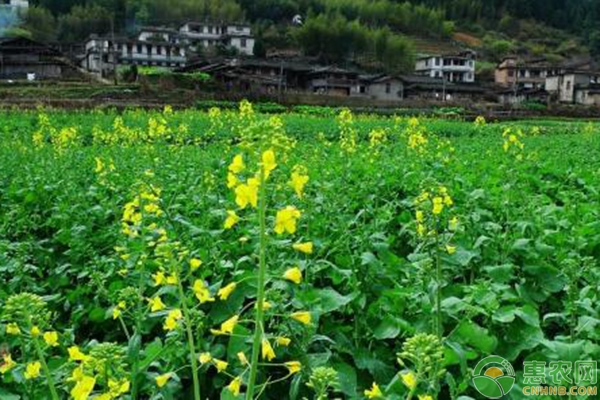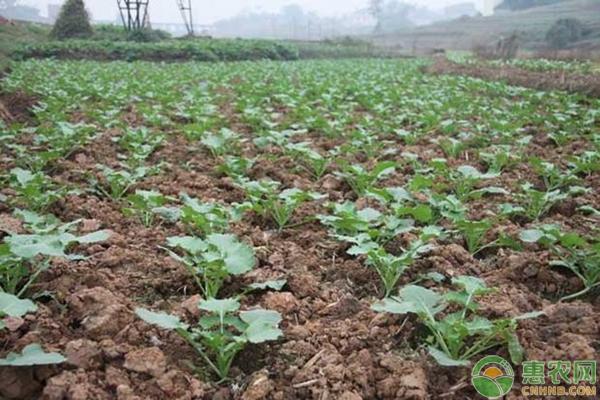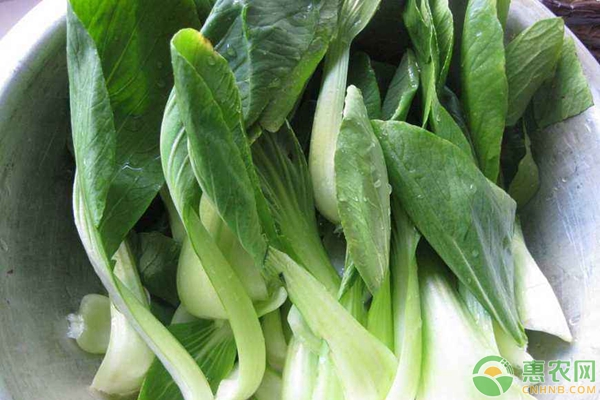Explain the basic knowledge of common pest control in rapeseed (with recommended pharmaceutical program)
Rapeseed, also known as oil cabbage, bitter vegetables and so on. There are many uses of rapeseed. For example, rapeseed can be eaten as vegetables when it is not contained. When rapeseed is in full bloom, it is also a beautiful landscape. It can be used as a tourist attraction. After the rapeseed flowers are withered, rapeseed can be oiled. Because of the many values ​​of rapeseed, farmers who grow rapeseed are naturally not rare. However, the problem of pests and diseases is often encountered in the process of rapeseed planting. The following is a small series of Hui Nongwang to sort out the common pests and diseases of rapeseed, and learn together.

First, the main diseases:
The diseases that are easy to occur in rapeseed are mainly sclerotinia, downy mildew, black rot and so on.
1. Sclerotinia sclerotiorum: This disease is mainly caused by harmful stems, which are also harmful to leaves, flowers and pods.
The lesion on the stem is light brown, slightly concave, and then becomes grayish. When the humidity is high, the diseased part becomes soft and rot, and the surface grows white floc.
2, rape downy mildew: the disease can occur throughout the growth period of rapeseed, resulting in the leaves die, inflorescence fat swelling deformity.
3, rapeseed mosaic disease: the symptoms of rapeseed mosaic disease is characterized by the symptoms of the disease, the symptoms of the veins on the young leaves, all or part of the veins are pale yellow, followed by mosaic symptoms (ie yellow green and dark green phase) .
4, rapeseed lack of boron shrinking is not true: rape atrophy is not a non-invasive disease caused by boron deficiency in Brassica napus.
In the case of severe boron deficiency, rapeseed can occur from the seedling stage to the convulsion stage, and the diseased plant shrinks and dies.

Second, prevention and treatment technology:
1, the selection of disease-resistant varieties and seed treatment
According to local conditions, the cabbage-type hybrid disease-resistant and high-yield varieties are selected. This is the most cost-effective disease prevention measure. Before sowing, screening, slipping, etc. can be used to remove the sclerotia and the sclerotium mixed in the seed.
2. Reasonable rotation
Rotation is one of the main measures to prevent sclerotinia sclerotiorum and downy mildew.
3, scratching the seedling stage to cure disease
Aphids are the mediators of rapeseed virus disease, while rapeseed seedlings are most susceptible to viral diseases, preventing rapeseed seedlings from being very resistant to disease.
Before the rapeseed is not sowed, the mites on other hosts should be treated once to eliminate the mediator.
4. Strengthen cultivation management
a. Choose a seedbed and cultivate strong seedlings. Before the selection, it was used as a seedbed for non-cruciferous vegetable fields and away from cruciferous vegetables, and cleaned the weeds around the fields.
b. Eliminate the source of sterilization. Before planting, it is necessary to deepen the land, deep burial of sclerotia, and in early spring combined with cultivating soil to destroy the sac. Combined with seedbed management, the diseased seedlings and poor seedlings are removed. Before the flowering of rapeseed, the leaves of old yellow disease were removed and brought out to concentrate in the field.
c. Rational fertilization, apply sufficient base fertilizer, increase phosphorus and potassium fertilizer, and enhance plant disease resistance.
d. Deep ditch sorghum, reasonable close planting. When there is too much rain, it will drain the ditch in time to reduce the humidity in the field, make the plant grow stronger and strengthen the disease resistance.
e. Spray borax or boric acid 1-2 times on the seedbed according to the actual situation of boron deficiency in the soil. It can effectively treat the "atrophy and non-real disease" and "flowers and diseases" caused by boron deficiency.
5. Pest control
Chemical control: In the early stage of the disease, especially when rapeseed enters the convulsion and flowering stage, it must be applied in time to control the spread of diseases such as sclerotinia, downy mildew and white rust. When it is rainy, it should be rushed to spray and increase the number of spraying.
The drug can be used with 25% pyraclostrobin, 58% nail cream, and sin (downy mildew). 3% amino oligosaccharide (flower mosaic), 50% carbendazim (sclerotium disease).

Third, pest control
The pests of rapeseed are mainly aphids, leaf miners and the like.
Control method: 4% avidin acetaminophen, 20% imipenem, 2.5% bifenthyl emulsifiable concentrate (aphid) can be used. 31% Avi. chlortetracycline, 5% gamma salt (Lepidoptera).
Aphid control can also set up yellow boards in rape fields, trap and kill aphids, or use bee, grasshoppers, ladybugs, scorpion flies and other organisms.
The above is the basic knowledge about the prevention and control of common pests and diseases in rapeseed compiled by Huinong. The above-mentioned pharmaceutical methods are for reference only, and I hope to help everyone in planting rapeseed.
Stachyose Oligosaccharides,Indigestible Oligosaccharides,High Quality Stachyose,Pure Natural Stachyose
Qingdao Bailong Huichuang Bio-tech Co., Ltd. , https://www.qdblcycn.com